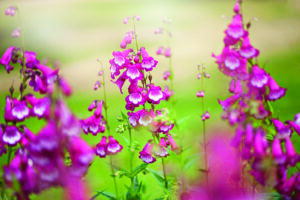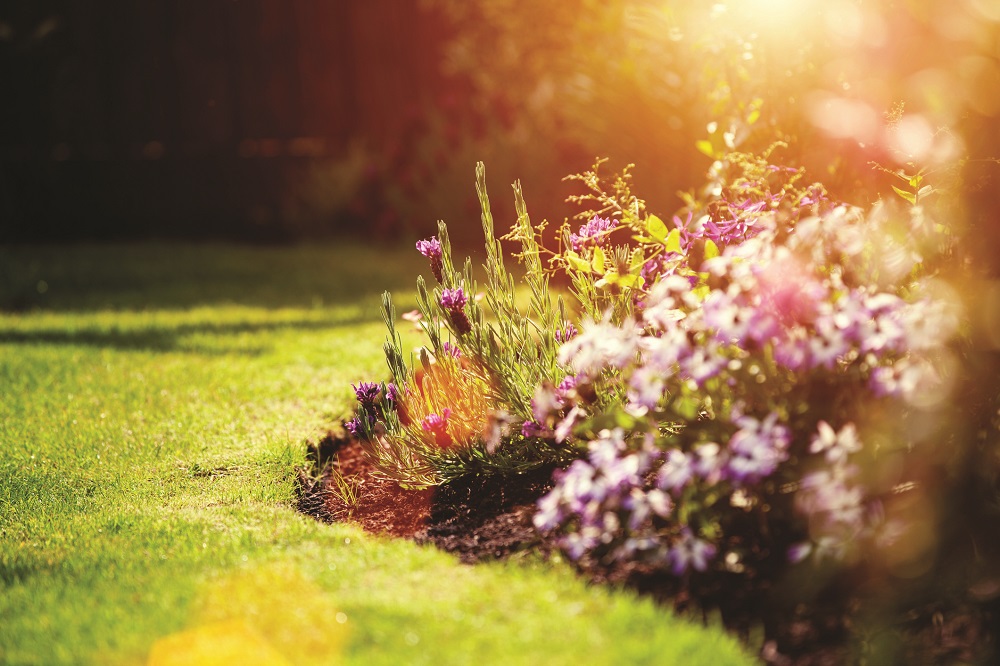Blazing sun and long, dry days are hard on flowers…and on gardeners. Don’t waste time and money on plants that won’t thrive. Best: Install resilient bloomers you don’t have to fuss over. Flowers like this exist in natural areas, but you want garden-worthy selections with appealing blooms. Then you need to be smart about watering so they’ll do well. How to proceed…
Seek out the toughest bloomers. Plants that prosper in arid gardens tend to have three naturally water-conserving characteristics—small leaves and flower petals…thick or waxy-coated foliage…and deep and/or extensive root systems.
Succulents such as cacti, sedum and agave/agave relatives are obvious examples, but not all have showy flowers. Ones that do: Aloe, yucca, dudleya and bulbine.

If you prefer nonsucculents, durable ones include penstemon, catmint, salvia and yarrow. Plants native to South Africa, such as African daisy, and arid Australia, including kangaroo paws, also may suit.

Don’t overlook flowering herbs, many of which are amazingly tough and floriferous, including marjoram and lavender.
Plant flowering plants that develop water-retentive “taproots”—fairly straight, thick, deep roots. Just buy them young, and decide where you want them to be permanently because once established, it’s hard to move them. Examples: False blue indigo, butterfly weed, comfrey and bugbane.
Introduce new plants with care. Plant the newcomers in spring or fall on a cooler day, and add mulch around the base to help hold in soil moisture. An inch or so of straw, dried grass clippings, compost or even pebbles reduces evaporation and heat stress. Even the toughest plants need extra water when young. Once established, they’ll need less care.
Add potted plants. You can move these to show them off out in the yard or on a balcony, porch or deck. Heat-tolerant beauties: Sedum, portulaca, verbena and lantana.
Caution: Plants in containers dry out quickly, so use plastic pots, which hold moisture better than clay, stone or terracotta. Self-watering pots with reservoirs are widely available and inexpensive. These efficiently dispense water to the root systems for you. The best ones come with a gauge that alerts you when it’s time to refill. Use “moisture control” potting mix, which has water-storing polymer crystals.
Also: Provide a little shade or shelter from the hot sun. If a plant looks like it’s suffering, water it more often.
Water wisely. Less frequent, deeper soakings are best—this encourages the formation of deeper roots and helps a plant become more resilient. Water both in-ground or potted plants in the morning, so they head into the hottest part of the day hydrated.


